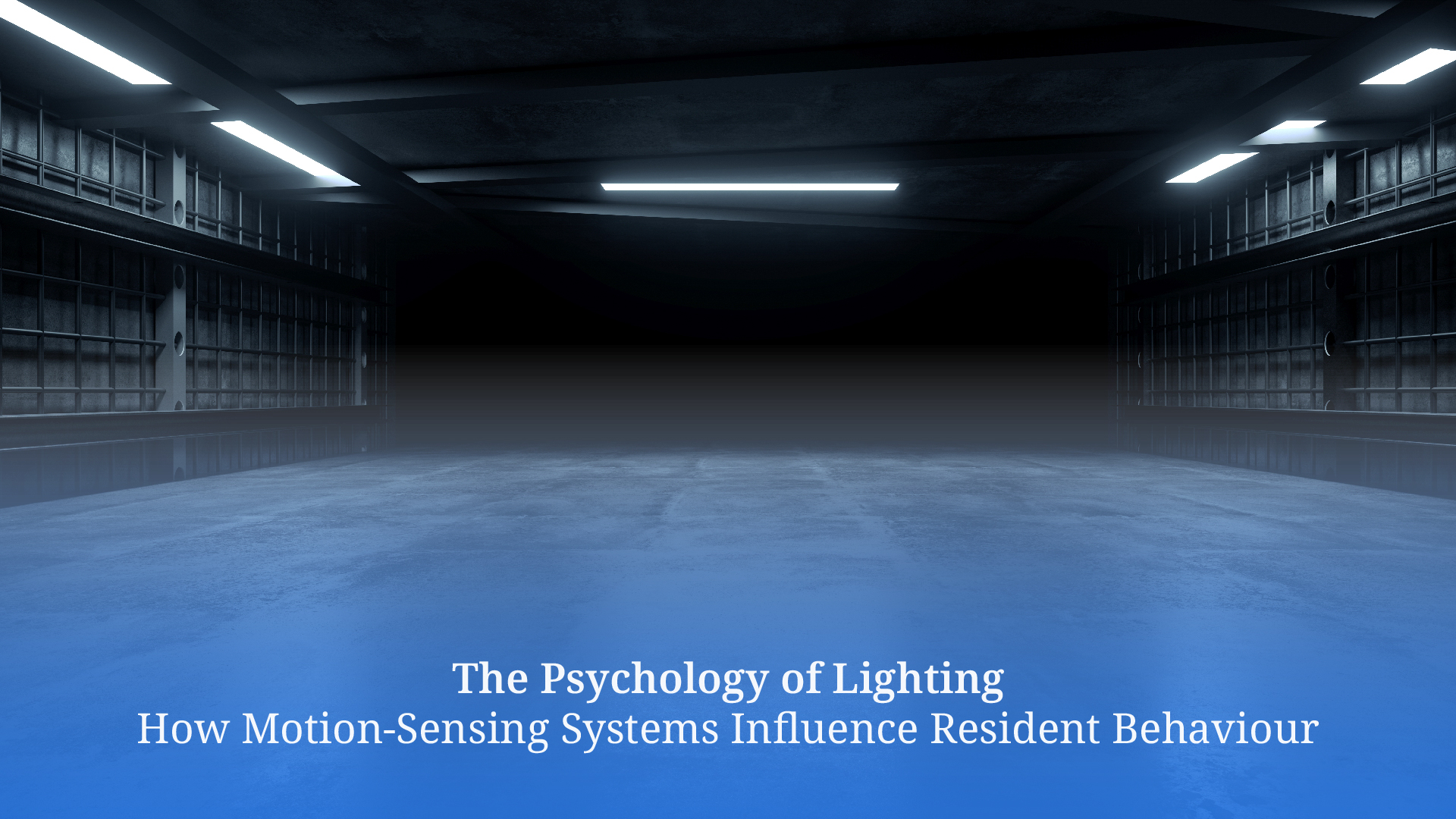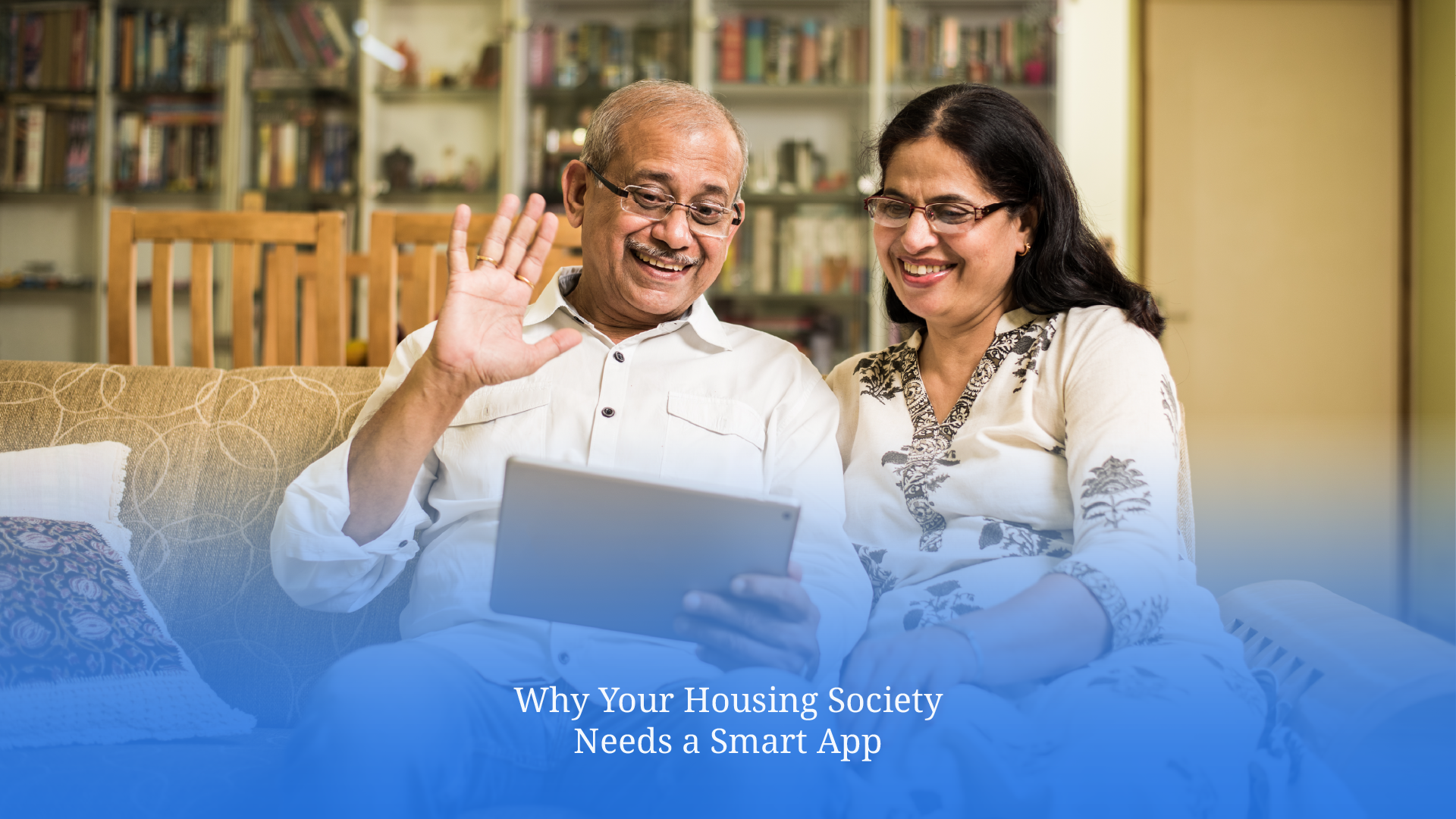The Psychology of Lighting: How Motion-Sensing Systems Influence Resident Behaviour

Lighting often seems like a functional necessity. However, its psychological impact is far more significant. From the moment you wake up to the time you go to bed, the illumination in our environments has a profound effect on our moods, perceptions, and even behaviours. This influence occurs without our conscious awareness! In recent years, the advent of motion-sensing lighting has added a new layer to this dynamic. These smart systems automatically adjust based on movement. You will be surprised to know how this innovative breakthrough positively influences our behaviour. In this article, we shall understand everything about this intelligent solution we have at our disposal.
The Psychological Effects of Lighting: Understanding Its Impact
Not many know the change in feel and behaviour a good light can bring in. Below, we explore the key psychological impacts:
-
Mood and Emotional Well-being
Bright, cool-toned lights are often associated with alertness and productivity. Conversely, we associate softer ones with relaxation and comfort. Hence, you see mellow tones in homes and brighter ones in offices. Now you may understand the importance of different shades in varied environments. For instance, a well-timed motion-sensing light system that gradually dims in the evening can help prepare residents for sleep, enhancing their overall emotional well-being.
-
Perception of Safety and Security
The sense of safety is a fundamental human need, and lighting plays a critical role in how secure we feel in our homes. Have you ever noticed how brightly lit areas give us a sense of control and reduce feelings of vulnerability? Motion-sensing lighting takes this sense a step further by enhancing this perceived safety by providing illumination when and where it is needed, that too, without manual intervention.
-
Resident Behaviour Patterns
Lighting is also a subtle influencer of daily routines. For example, motion-sensing lights in hallways and staircases ensure individuals feel more comfortable in their space, encouraging them to engage more with shared areas and public spaces. Moreover, well-lit environments promote social interaction. In contrast, dimly lit areas may discourage gatherings or create a sense of isolation. This way, it fosters positive engagement among residents.
Motion-Activated Illumination: Shaping Resident Comfort and Security
We are clear on the psychological effects. Now, let’s move on to navigating its influence on human behaviour:
-
Automatic Lighting as Behavioural Cues
Motion-sensing lights act as behavioural cues. This type of technology gently influences residents to engage with shared spaces more confidently and consistently, particularly in areas like hallways or staircases. For instance, residents are more likely to navigate shared areas such as hallways or parking lots with confidence only when they know that lights will turn on automatically when they approach the space.
-
Encouraging Responsible Energy Consumption
One of the most powerful aspects of the system is its ability to promote energy efficiency. Electricity consumption is reduced by turning off lights when no motion is detected. The best part? It does that without even compromising on convenience. This process encourages responsible energy use. Moreover, it also fosters a sense of collective responsibility among residents.
-
Improved Resident Comfort and Convenience
Motion-sensing lights have very accurately tapped the needs of today’s individuals. Comfort and convenience are key for enhancing their satisfaction. One reason to include it in residential complexes is to accommodate residents with busy schedules or those who arrive home late at night. The simplicity of the product enhances their overall living experience by making the environment more user-friendly and accessible.


Planet Smart City’s Role in Creating Innovative Lighting Solutions
We provide two distinct but complementary lighting solutions. The first is motion-sensing lights for immediate illumination. The second is Intelligent Lighting Solutions, which offer programmable, data-driven control. Together, these options address the evolving needs of housing societies.
-
Motion-Sensing Lights
Apart from all the advantages we discussed, here’s how we provide value:
- Societies can potentially recover the initial investment in motion-sensing LED lights within 3–5 months under optimal conditions. In several high-usage environments, housing complexes have achieved up to 120% return on investment within the first year, based on Planet Smart City’s past project data.
- We help you seamlessly integrate them with your housing society’s current infrastructure. Our services offer a hassle-free transition, avoiding a complete system overhaul.
- Housing complexes can request a tailored solution to their specific needs. No matter if it’s a small complex or a large residential community, our experts help you configure a way to suit any size or layout.
Alongside motion-sensing lights, we also offer intelligent lighting solutions powered by the Planet SIM app. Our app works in harmony with the integrated system, enabling communities to schedule lighting, monitor energy consumption, and remotely control settings. It also promotes transparency by sending notifications for automation events, ensuring greater flexibility and efficient lighting management.
Incorporating motion-sensing lighting into residential societies not only promotes a more comfortable living environment but also encourages healthier, more sustainable habits, reducing energy waste. As we continue to embrace smart living solutions, the power of lighting in shaping our communities will only grow stronger. So, make the smart choice for a brighter, more efficient future—connect with us today!
Popular Searches
How to measure electricity | Intelligent lighting system | Advantages of automatic street light | Energy efficient buildings | How do motion sensor lights work




